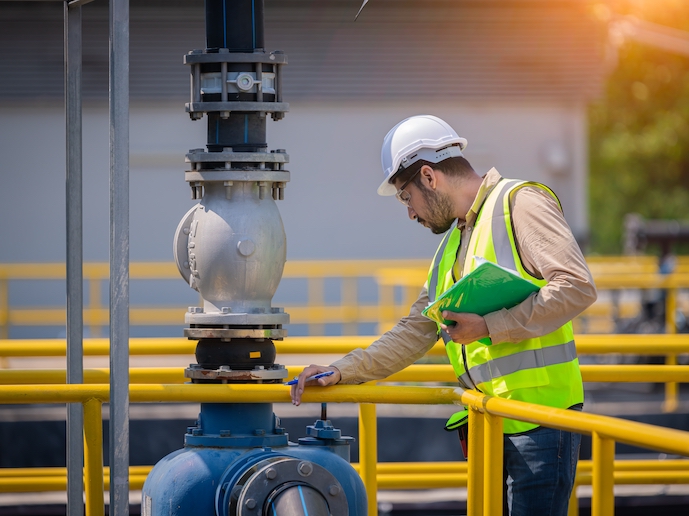Innovative waste water treatment targets recalcitrant molecules
The different composition of contaminants in waste waters makes them difficult to remove, since each contaminant needs a special treatment that can be expensive and inefficient. This puts pressure on companies as they struggle to meet the strict requirements of EU legislation(opens in new window) on contaminants discharged in water. Using bacterial ingredients to break down hazardous molecules into something more benign is an established bioremediation technique. The EU-supported RIBATI project carries the idea one step further through the creation of an integrated system that makes the process more accurate, requires less technical know-how to apply and is more effective.
Bioremediation of recalcitrant molecules
RIBATI’s host, the Spanish company Amapex Environment(opens in new window), screened several strains of Bacillus subtilis(opens in new window) and Pseudomonas(opens in new window) before finally isolating a strain that met their bioremediation requirements. “Properly fed we found we could produce a large number of enzymes that can work outside of the bacteria, known as exoenzymes. These then breakdown certain very recalcitrant molecules present in industrial waste water,” explains Joaquim Canadell, CEO of A mapex Environment. When put into an anaerobic environment, these microorganisms metabolise nitrogen. This means that the ammonium-based contaminants all too often present in waste waters, especially those emitted by the textile sector, can be broken down through this metabolic process.
Automating the system to remove human error
The team worked on what ingredients the microorganism needed to grow at the right rate and produce the necessary exoenzymes, for a year. After having found the right blend of nutrients, they then had to work out a system that could supply the bacteria with the ‘food’, while also monitoring the rate at which the microorganisms were multiplying. “We found an exponential factor of 3 was the sweet spot. This made the treatment system cheap enough to be cost-effective for industry,” says Canadell. Once Amapex had established the nutrients needed to create the right rate of multiplication, they then had to work out how to dose the waste water at the right time with the right quantity of bacteria. He adds: “In collaboration with an external engineering company, we developed a smart dosing unit (SDU) that simultaneously multiplies, preserves and doses the quantity of microorganisms necessary to treat the waste water.” Smart by name and smart by nature: the SDU monitors the bacterial concentration while it is multiplying and, depending on the concentration of effluents of the water to be treated, is programmed to dose more or less of the bacteria accordingly. To verify all is working as it should, clients can then collect and send data to Amapex, which conducts maintenance and carries out any adjustments that might be needed.
A variety of industries can benefit from the innovation
The RIBATI project’s SDU has been tested in a variety of sectors, such as the textile, tanning, chemical and metalworking industries. It has proven to be effective on contaminants such as oils and fats, paraffins and hydrocarbon derivatives, and lactic acid. Biologically based waste water treatment currently requires very long times since the bacteria must reproduce and multiply before they can then colonise the tank. “Isolated and preserved bacteria,” notes Canadell, “are expensive and slow growing. The quantity of bacteria required to start metabolising effluents is so large that either a huge amount needs to be introduced, which is then economically unfeasible, or the user has to wait while they multiply adequately. Normally this will take over a month, which is not feasible given time pressures users face.” The SDU Amapex has developed reduces the time and the cost by sensing how much of the bacteria is needed on a contextual basis, and by having identified the best way to ‘feed’ the most efficient strains.
From waste water to biogas
Due to the huge amount of water used in the dyeing and finishing processes, the textile industry increasingly needs to employ strategies that allow it to recycle part of the water used and produced. It is this sector that Amapex intends to focus on over the coming years. But they are not stopping at waste water decontamination. The team has also been testing the process out to optimise biogas production in anaerobic digestion plants.







